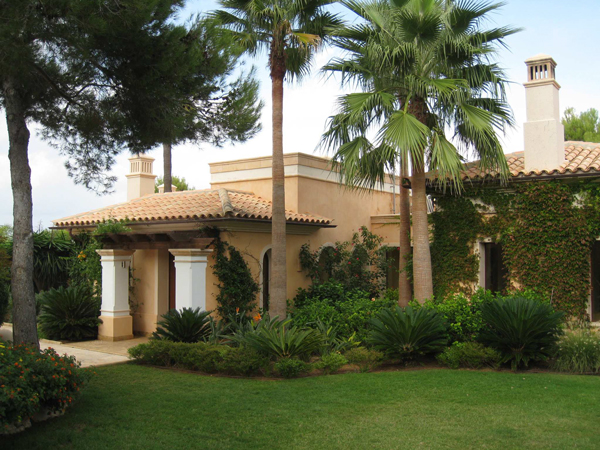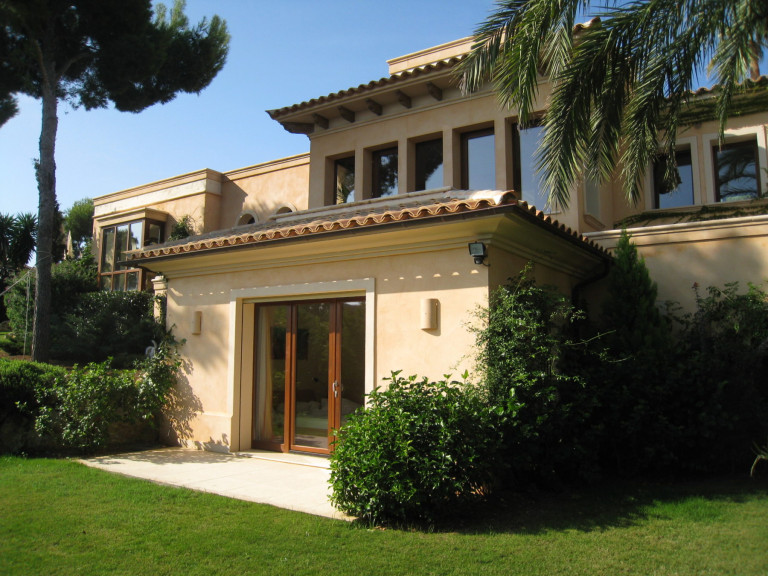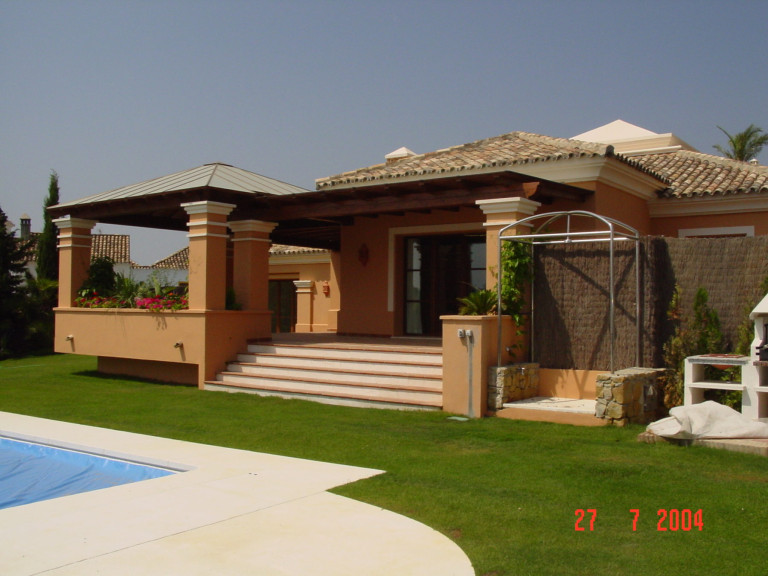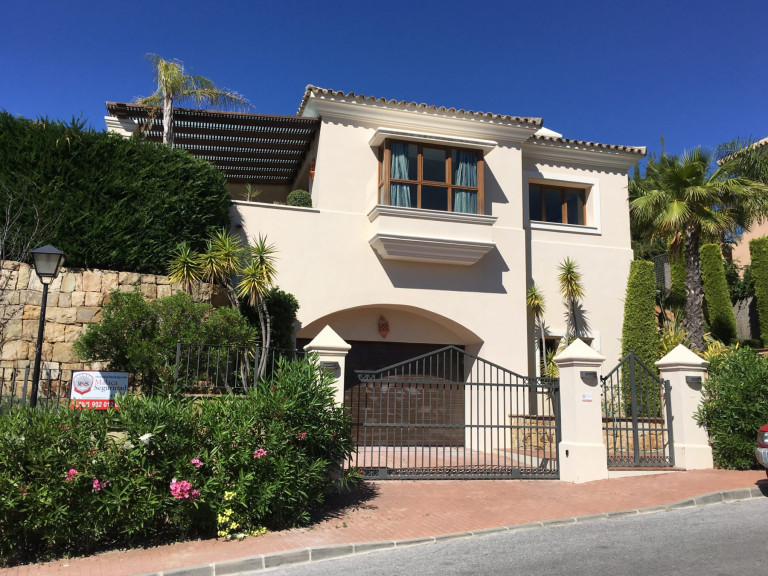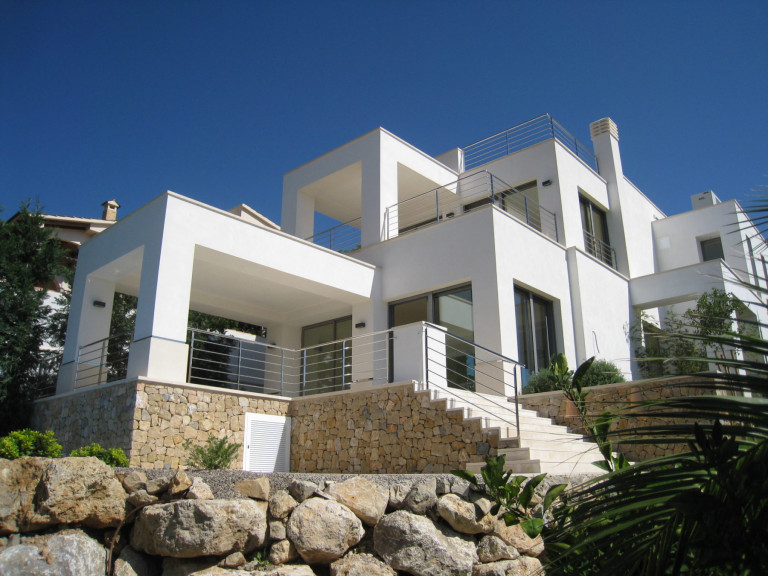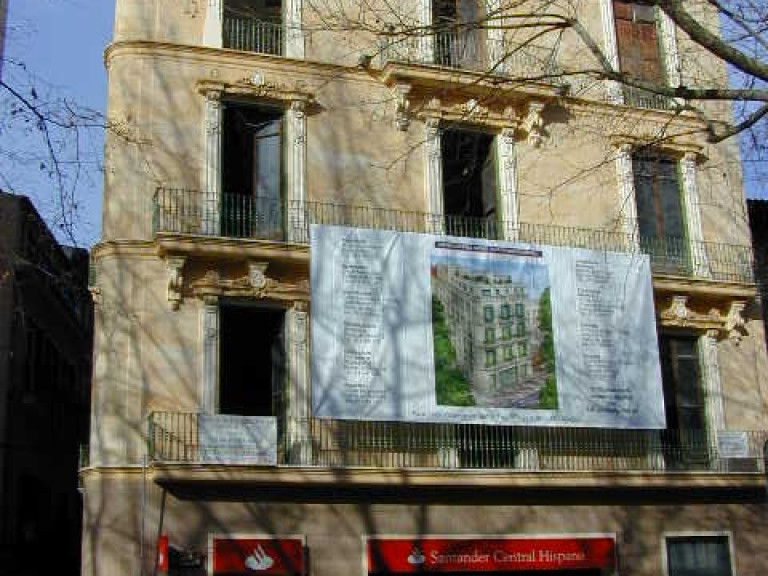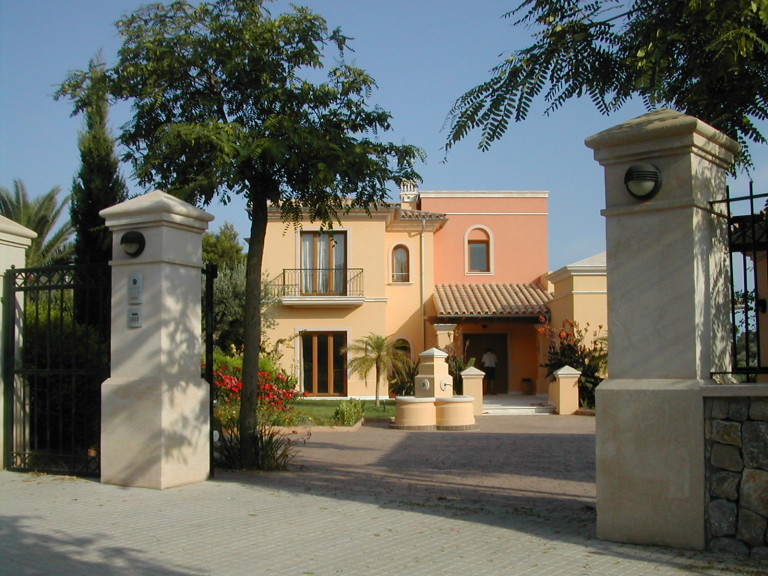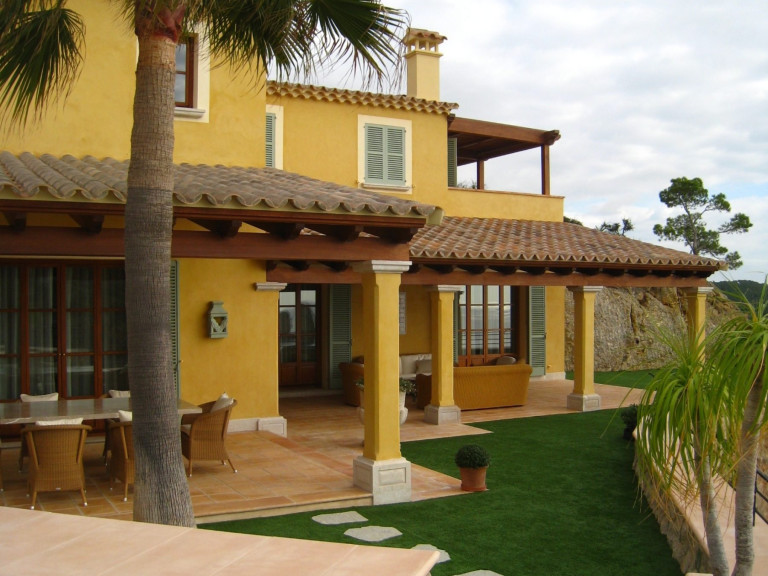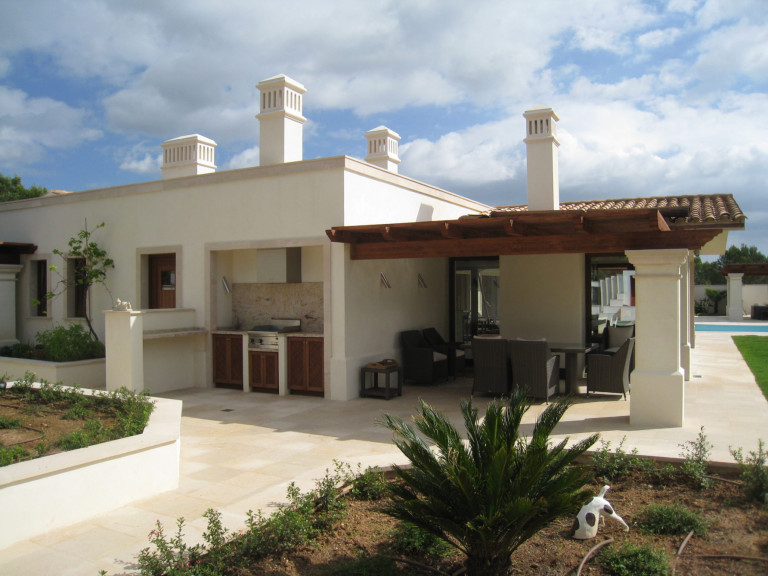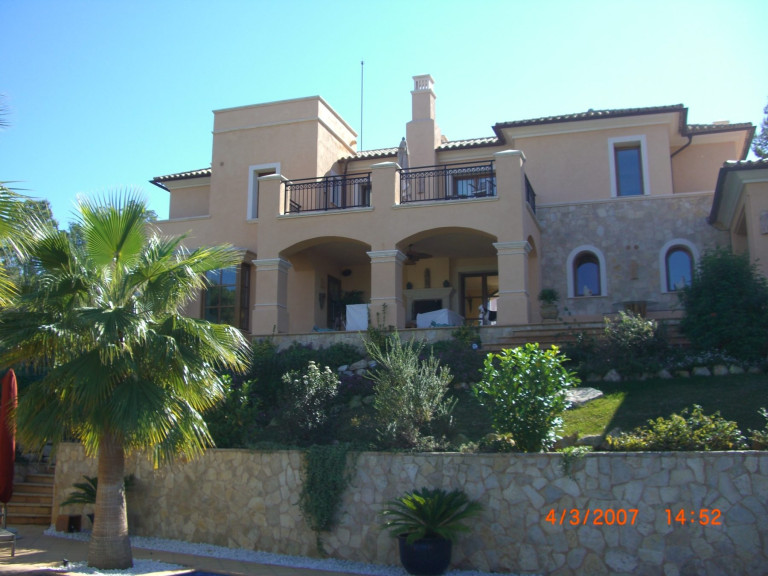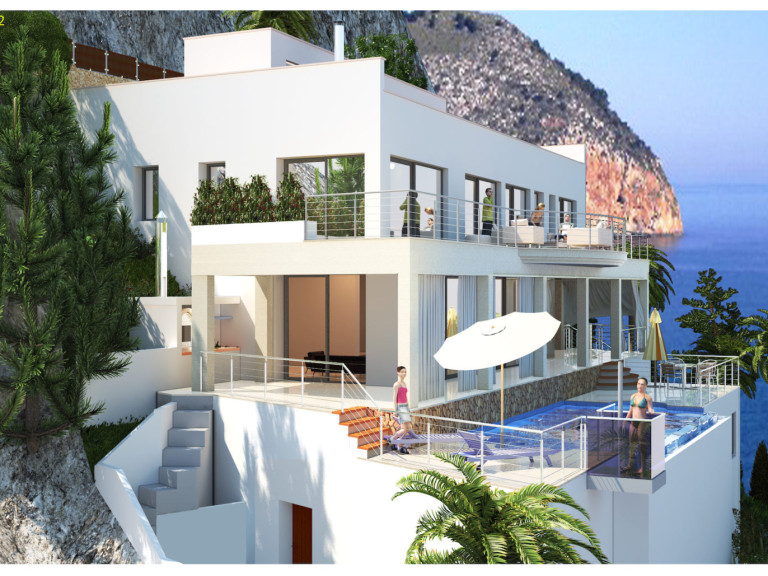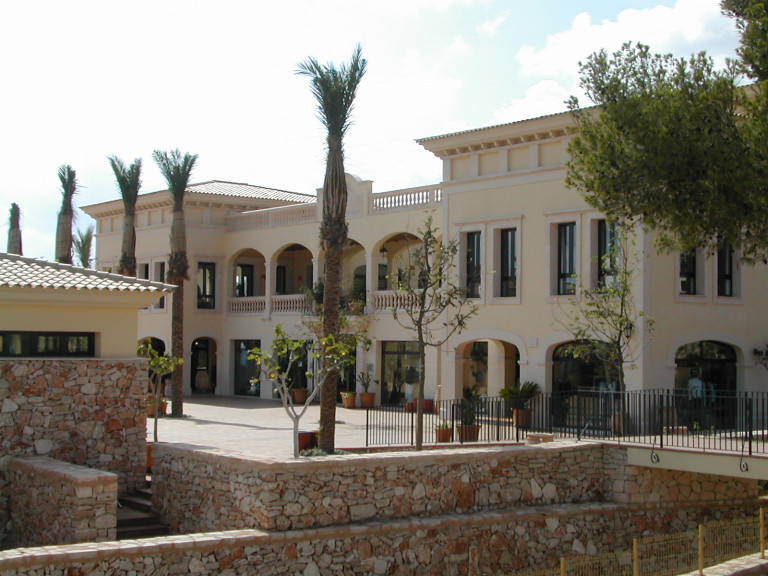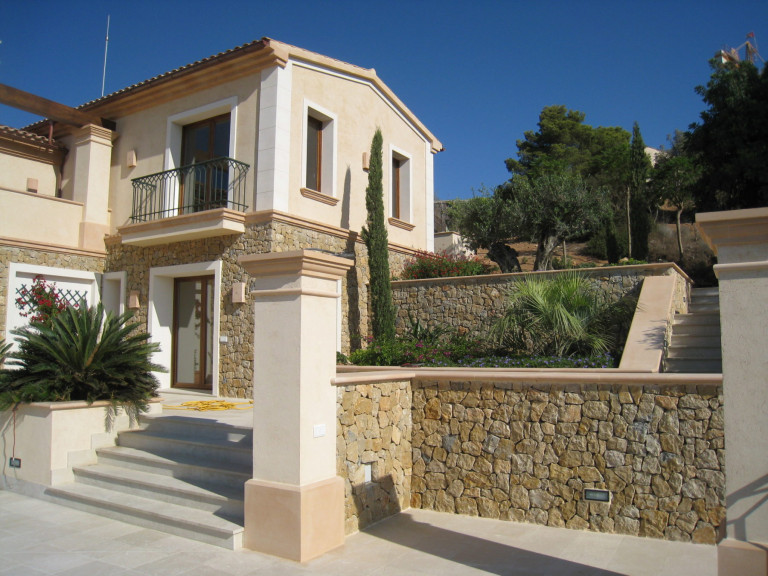Technical standards for building construction in Spain.
The term Building Code, as a direct translation of the Spanish term on the new standards in construction, suggests something significant and far-reaching in its formulation and content. Spain, a land of ancient traditional architecture, also known for the recurring construction boom in recent decades, began some years ago to cope with the variety of national building styles, the speed of construction and, above all, the increasing influence of its European neighbors in the construction sector and to find a common statement in quality and value.
The results are combined in the new building law CTE - Codigo Tecnico de la Edificacion and represent the legal technical framework of the basic quality requirements for buildings and installations based on the law of the LOE - Ley de Ordenacion de la Edificacion 1999. These are minimum requirements for the quality of the building. The national standards have been adopted to protect the participants, for the benefit of society and for the protection of the environment. In Spain, the CTE came into force on 29.3.2006 and most recently on 31.03.2007. The CTE contains basic rules for the area of building construction.
The new CTE intends to replace the previous and obsolete 1977 Building Act and to adapt to European specifications and building standards. This laid down basic rules for building construction, which had to be considered in the planning and construction of buildings. In the course of the development of building technology in Europe and its export dynamics, Spain was forced to carry out the essential standards and regulations listed below. The aim is to set basic standards in terms of building quality and the building materials to be used.
Despite all the polemics and partial factual contradictions in the various conditions and conditions imposed on the contractor, architect and builder, there is a general insight and desire to adapt to the new building standards and technical standards of Spain and Europe and to promote the quality of construction.
The CTE was intended to create a structured, uniform legal text that already existed in other European countries. In addition, the CTE also European legal requirements were incorporated. Energy-saving measures for buildings, for example, were stipulated by European law. In addition, the European internal market should be promoted and the freedom of goods for construction products promoted.
The CTE is divided into two large sections. On the one hand, the general section describes the basic requirements for the structures and, on the other, the so-called "Documentos Básicos" is included in the second section. Procedures, technical standards and proposed solutions are proposed, which can be supplemented by the implementers with their own technical solutions. The CTE only regulates minimum requirements. It is up to the governments of the autonomous communities, within their competence, to tighten these minimum requirements by means of independent regulations. The CTE has created its own register (Registro General CTE) in which these procedures are summarized and published.
General Section - Scope
The scope of the CTE covers all construction of buildings in the private and public construction sector, if they require a building permit.
However, the CTE does not apply to existing buildings, as well as to construction works that were requested to be approved before the CTE entered into force. In principle, all future construction projects are covered by the scope of the CTE. Existing buildings that are being rebuilt, extended, renovated or refurbished are also subject to this. Also in the event of a change of use of a building, the regulations of the CTE apply, even if the construction does not involve any changes.
All builders, contractors, site managers, suppliers, users and owners are now responsible for ensuring that the CTE's regulations are complied with in the planning, construction and maintenance of the building and its facilities.
In order to meet the minimum requirements imposed by the CTE, either the technical measures listed in the "Documentos Básicos" in the second part of the CTE or alternative solutions may be sought, provided that they are under the management of the architect or the site manager were developed. In this case, however, the developer's consent must first be obtained, which must at the same time record every alternative implementation of the CTE, because the building to be planned must comply with the requirements of the "Documentos Básicos".
